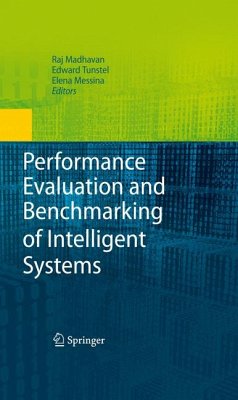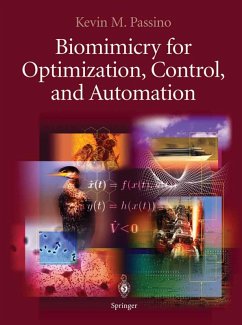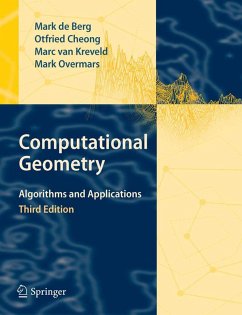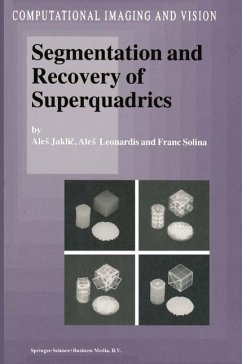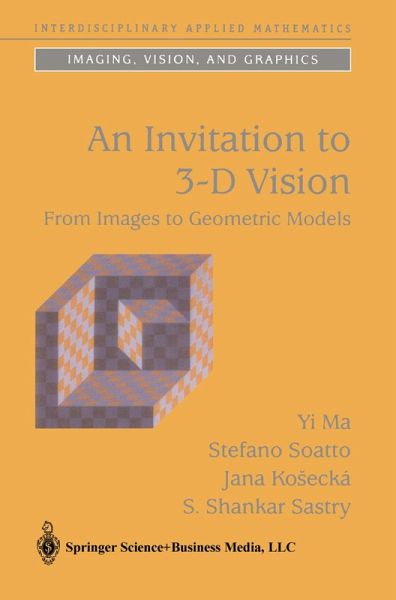
An Invitation to 3-D Vision (eBook, PDF)
From Images to Geometric Models
Versandkostenfrei!
Sofort per Download lieferbar
52,95 €
inkl. MwSt.
Weitere Ausgaben:

PAYBACK Punkte
26 °P sammeln!
This book is intended to give undergraduate and beginning graduate students and researchers in computer vision, applied mathematics, robotics, and computer graphics a self-contained introduction to the geometry of 3D vision. Exercises are provided at the end of each chapter.
Dieser Download kann aus rechtlichen Gründen nur mit Rechnungsadresse in A, B, BG, CY, CZ, D, DK, EW, E, FIN, F, GR, HR, H, IRL, I, LT, L, LR, M, NL, PL, P, R, S, SLO, SK ausgeliefert werden.



